Have you ever experienced allergy-like symptoms such as headaches, skin irritation, or diarrhea after eating certain foods, but couldn't quite pinpoint the cause?
You might be dealing with histamine intolerance.
Histamine is the Jekyll and Hyde of our bodily functions. On one hand, it's our trusty sidekick, helping us stay awake, digest our food, and even spice up our love lives. On the other hand, it can turn into our worst enemy, causing sneezing, itching, and a whole host of allergy-like symptoms that leave us feeling miserable.
When it comes to histamine, too much of a good thing can lead to a rollercoaster of discomfort.
In this blog, we’re going to dive into the world of histamine intolerance, its symptoms and causes, and uncover the secrets to taming the histamine beast within.
Table of Contents:
What is Histamine Intolerance?
Histamine is a chemical released by mast cells in response to injury and in allergic and inflammatory reactions. It's responsible for many of the symptoms of allergies, such as runny nose or sneezing. However, histamine also plays a host of other functions, including:
- Regulation of our sleep/wake cycles
- Helping to release gastric acid for secretion
- Improving mood
- Boosting libido
- Playing a key role in ovulation and female reproduction
- Decreasing GABA, our calming neurotransmitter
- Increasing our stress hormones, norepinephrine, and epinephrine
In your immune system, histamine serves as a red flag, notifying your body of any potential attackers. It causes your blood vessels to swell and dilate so that your white blood cells can quickly find and attack the threat.
In a healthy system, enzymes normally break down the histamine to prevent it from building up. But if histamine isn't properly broken down due to some reason, it can accumulate and result in histamine intolerance. 
How Do You Know If You Have Histamine Intolerance?
Histamine intolerance can be quite the sneaky troublemaker, manifesting in a variety of symptoms that may leave you scratching your head (and possibly other parts of your body). The most common symptoms of histamine intolerance include:
- Bloating
- Migraines or headaches
- Diarrhea
- Abdominal pain
- Anxiety
- A racing heart
- Hives and itching
- Flushing of the skin
- Wheezing
- Watery eyes
- Swelling of the tongue and mouth
- Severe menstrual pain
What Are the Causes of Histamine Intolerance?
Histamine intolerance can be a complex puzzle to solve, with various factors contributing to its development:
1. Genetics
The human body has two key enzymes that work to break down histamine. One of them is HNMT (histamine-N-methyltransferase), which is focused on handling histamine in the central nervous system. The other enzyme, DAO (diamine oxidase), is responsible for processing histamine found in the foods we consume.
You may have a gene that means you don’t make enough of these two enzymes to break down histamine. Another gene that may lead to a build-up of histamine is the MTHFR gene.
2. Bacterial Overgrowth
Some of the bacteria in your digestive tract produce histamine as a by-product. If you have an excess of these bacteria, this can lead to a surplus of bacteria.
3. Allergies (IgE reactions)
If your immune system is overstimulated and mast cells are stimulated to release large amounts of histamine, this can lead to an overload of histamine in your body.
4. Histamine-rich foods
Consuming an excess of foods high in histamine can lead to excessive histamine in your system and an inability to break it down. They may also cause DAO enzymes to function improperly.
5. Leaky gut and gut health issues
Leaky gut and gut health disorders such as low gastric acid, SIBO, and inflammatory bowel disease can increase food sensitivities. As your body tries to defend itself against food allergens, it may increase histamine release and cause histamine intolerance. SIBO can also impair DAO activity. Also, leaky gut can lead to dysbiosis and an overgrowth of histamine-producing bacteria.
6. Medications that block DAO functions or prevent production
Many prescription drugs can interfere with levels of DAO and HNMT in the body. Some examples of these drugs include antibiotics, antidepressants, gastrointestinal medicines, antiarrhythmics, antihypertensives, muscle relaxants, and narcotics.
7. Stress
Did you know that stress can have a serious impact on your gut health? Chronic stress can worsen symptoms of SIBO, cause digestive discomfort, mess with your gut microbiome, and even cause your body to produce more histamine. This can lead to a never-ending loop of histamine intolerance, inflammation, gut infections, and more unpleasant gut health symptoms
8. Imbalanced hormones
Excess estrogen can stimulate mast cells to release histamine and down-regulate DAO, leading to histamine intolerance (Kajbafzadeh et al., 2016). Conversely, progesterone stabilizes mast cells and up-regulates DAO, so having low progesterone levels may result in less histamine being cleared from your system.
Tackling Histamine Intolerance Naturally
Histamine intolerance can be a pesky problem to tackle, but there are ways you can regain control of your body and banish those bothersome symptoms.
-
Address underlying causes
Partnering with a health practitioner to identify the root causes of your histamine intolerance is crucial for long-term success. Some functional tests that can help pinpoint these causes include:
- SIBO Test
- Comprehensive Digestive Stool Analysis
- Complete Microbiome Mapping
- DUTCH Hormones Test
- Organic Acids Test
-
Reduce histamine-containing foods
Cutting back on histamine-rich foods can provide quick relief, but it's important to address underlying gut issues to improve your tolerance in the long run.
Histamine-containing foods to watch out for include red wine, hard cheese, avocado, smoked or canned fish, shellfish, soy sauce, deli meats, yeast, bananas, dried fruit, dried nuts, bone broth, fish stock, vinegar, fermented foods, and chocolate. Also, avoid foods that stimulate histamine production, such as alcohol and dairy.
-
Improve gut health
Focus on identifying and correcting dysbiosis (replenishing your gut microbiome with good bacteria) and small intestinal bacterial overgrowth (SIBO) if needed. Healing leaky gut is also essential to prevent food proteins, toxins, and bacteria from entering your bloodstream and inciting an immune response.
-
Reduce stress and improve your lifestyle choices
Since stress can exacerbate histamine intolerance, it's vital to manage it effectively. Meditation, breathwork, yoga, journaling, time spent in nature, exercise, and socializing with friends and family can all help reduce stress. Also, it’s important to prioritize sleep and minimize exposure to toxins, as these are other forms of stress to the body. 
-
Take nutrients that assist with histamine clearance
Consider taking these nutrients and herbs to assist with histamine clearance. During the initial treatment, higher dosages may be needed, but these can be decreased or even eliminated once your symptoms have stabilized.
1. Quercetin
Quercetin is a well-studied antioxidant that is naturally found in apples, onions, grapes, citrus fruit, and green, leafy vegetables. Quercetin not only reduces inflammation and restores the lining of the gut, but also acts as a natural antihistamine, which means it decreases the body’s reaction to allergies and food sensitivities. You can buy quercetin in powder- or capsule-form. The average daily dose is about 500 to 1,000 mg.
2. Vitamin B6
Pyridocal-5-phosphate, the active form of vitamin B6, acts as a key cofactor for numerous enzymes involved in histamine synthesis. However, its importance does not end there. Vitamin B6 also plays a vital role in regulating the activity of diamine oxidase (DAO). The recommended dose is 50-100mg per day.
3. Vitamin C
Vitamin C acts as a natural antihistamine by reducing the amount of histamine your body produces in response to an allergen. Vitamin C is also vital to the production of the histamine-degrading DAO enzyme. Without adequate amounts of Vitamin C, DAO is impaired, and histamine levels rise. It is also a powerful antioxidant and anti-inflammatory.
1000 mg twice daily is the recommended dose, but you can also take vitamin C to bowel tolerance.
4. Vitamin E
Vitamin E affects mast cell activation, resulting in a decreased release of proinflammatory mediators, including histamine. It is also a potent antioxidant and anti-inflammatory.
5. Zinc
Studies have found that zinc can actually inhibit the release of histamine from our immune system. Zinc also plays a major role in storing histamine in the body. In zinc deficiency, the body releases more histamine into the surrounding tissues. The standard dose is 25-50mg of zinc per day. Zinc is not recommended long-term.
6. Magnesium sulfate
Magnesium supports DAO levels by reducing the amount of histidine (an amino acid) that gets converted to histamine. If you can’t make DAO, this leads to increased levels of histamine in the blood.
Magnesium can be taken as a powder, tablet, or capsule. Dosage varies but consuming up to 400 mg per day is considered standard.
7. Digestive enzymes
If you're histamine intolerant, you may need help digesting protein as undigested protein can lead to unwanted bacteria growth and histamine production in your gut.
Some digestive supplements are intended to be taken with a meal, while others should be taken shortly before eating. Check the label for the proper dosage, which will vary based on the type and strength of the enzyme supplement. The standard recommendation is 1-2 capsules/tablets 15-30 minutes before meals.
8. Probiotics
When it comes to probiotics and histamine intolerance, some strains can actually aggravate the intolerance. This is because certain types of bacteria can increase histamine levels, whereas some may have the ability to degrade histamine. Low-histamine probiotics stimulate the activation of anti-inflammatory agents in mast cells, effectively stabilizing them and down-regulating the sensitivity of histamine receptors.
Some histamine-lowering strains include:
- Lactobacillus plantarum
- Bifidobacterium longum - helps improve gut barrier and assist in histamine degradation
- Bifidobacterium infantis
- Lactobacillus rhamnosus
Two species that actually trigger histamine release in the body are Lactobacillus casei and Lactobacillus bulgaricus, and these should be avoided.
Fermented foods should also be avoided with histamine intolerance as they tend to contain a high level of histamine. Some Lactobacilli commonly used in the production of fermented dairy products can produce histamine (and other biogenic amines).
9. Herbal remedies
Nature also offers us various herbal remedies which can help with the allergic response by stabilising mast cells, inhibiting histamine release, and reducing inflammation. These include Baical Skullcap, Nettle, Albizia, and Turmeric.
Final Thoughts
Histamine intolerance can be a challenging and complex condition to navigate, but with the right knowledge, tools, and support, it's possible to regain control and improve your quality of life. By addressing underlying causes, adjusting your diet, improving gut health, managing stress, and incorporating helpful supplements, you can tackle histamine intolerance head-on. So, let's raise a histamine-free toast to a healthier, happier you, ready to embrace life without the pesky shackles of histamine intolerance!
Recipe Spotlight: Tempeh & Veggie Stir-Fry
This recipe is a highly nutritious dish that offers a balance of protein, fiber, vitamins, and minerals. It is a fantastic option for individuals seeking a plant-based meal or those looking to incorporate more vegetables into their diet. Not only does it provide a satisfying and flavorful dining experience, but it also contributes to a healthy lifestyle. Enjoy!












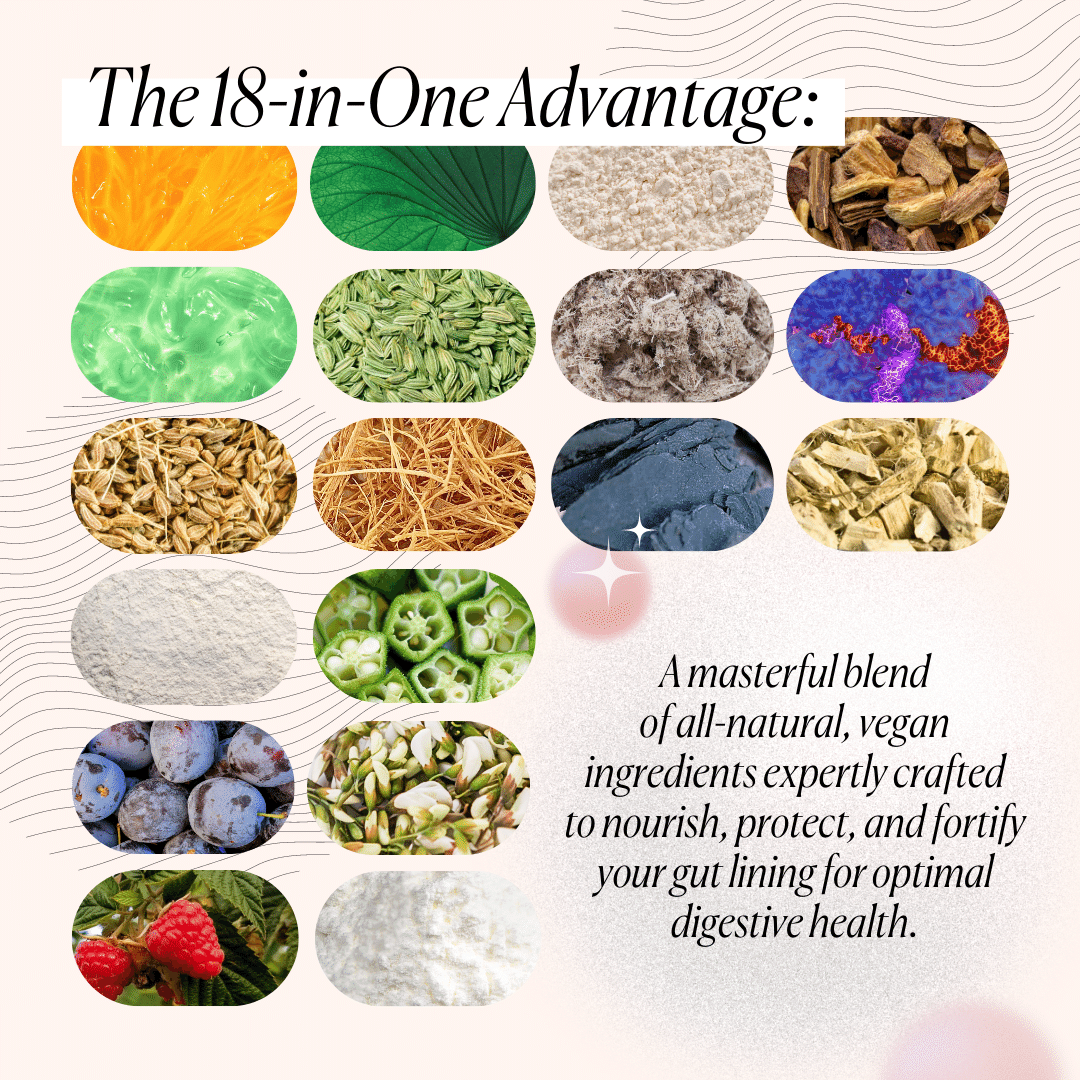
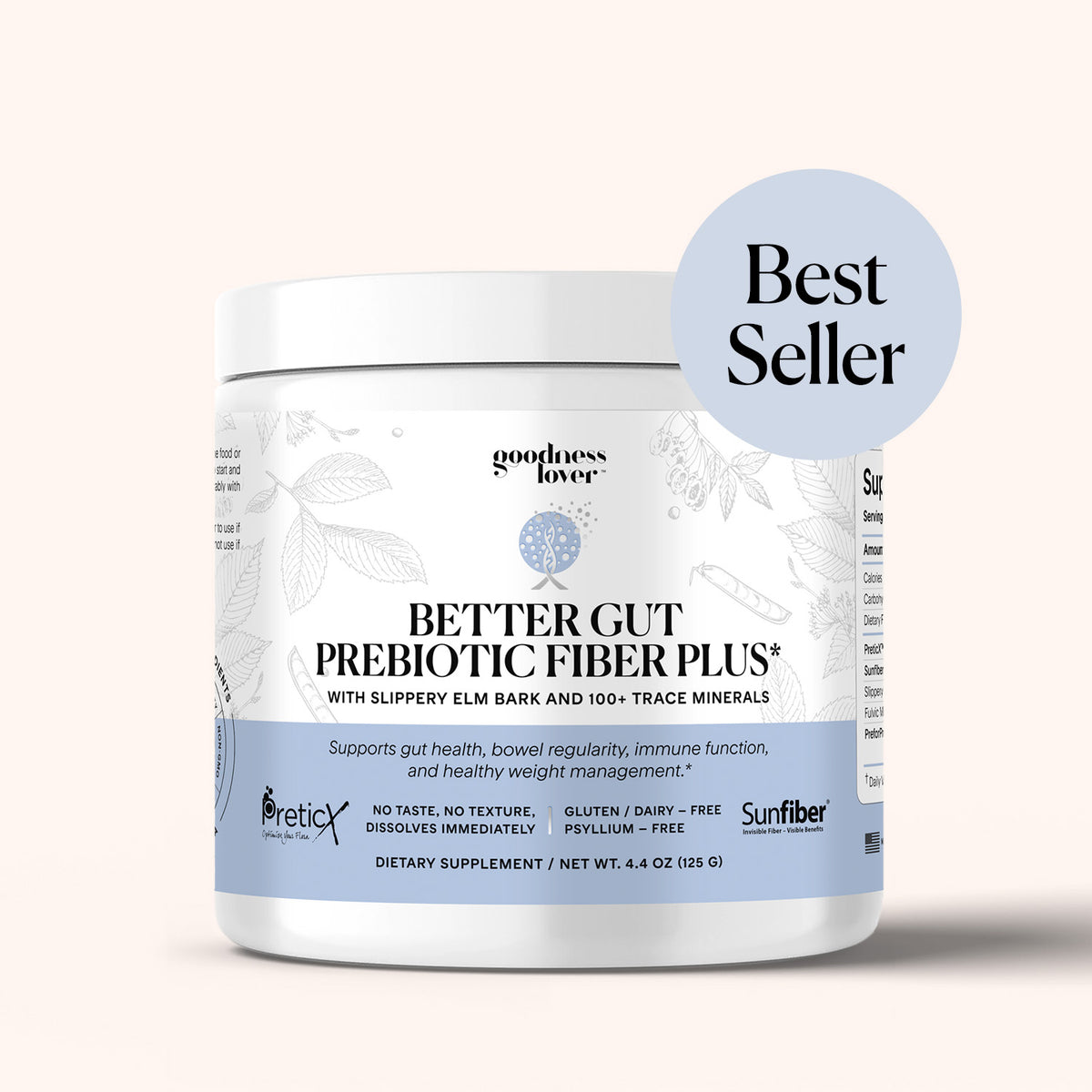

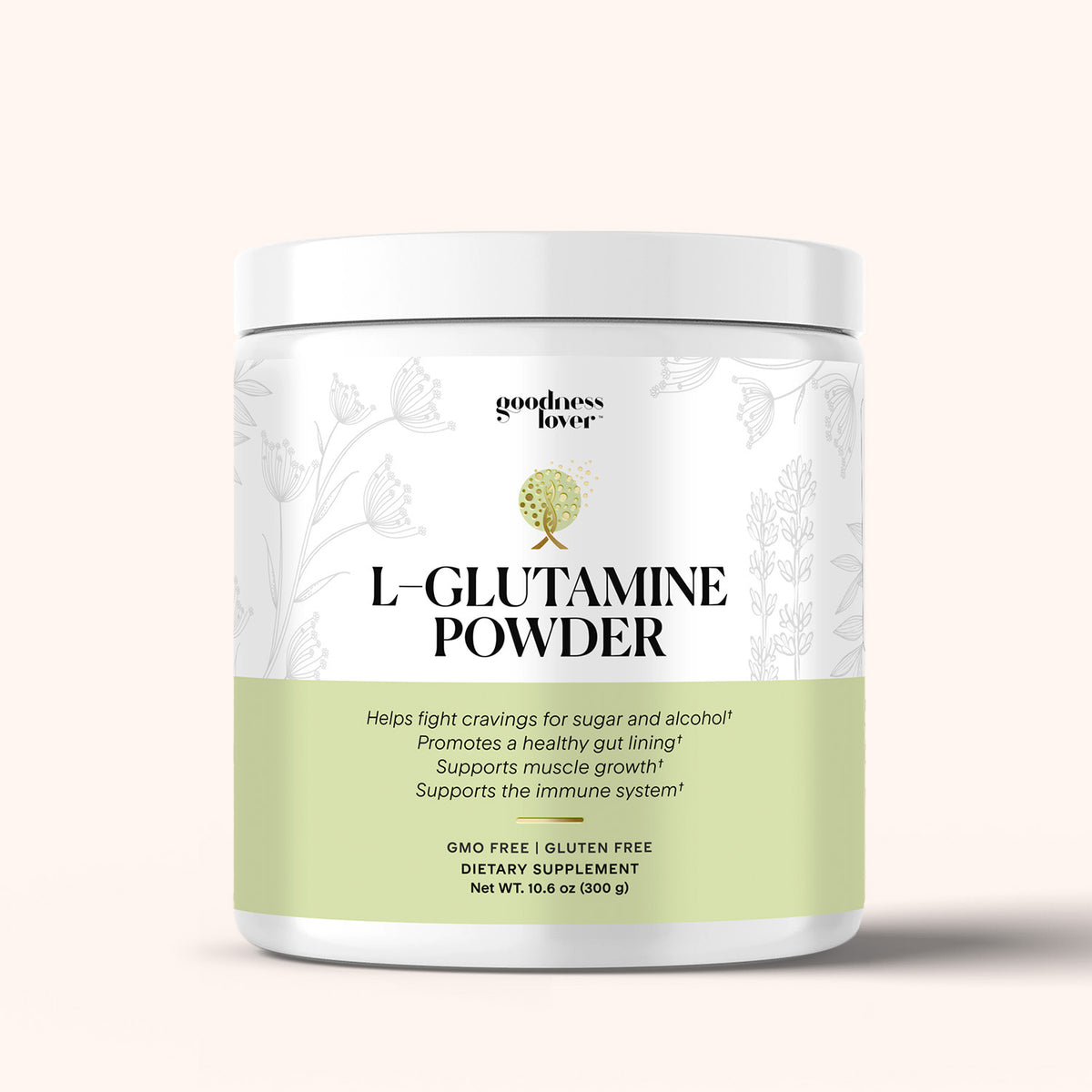
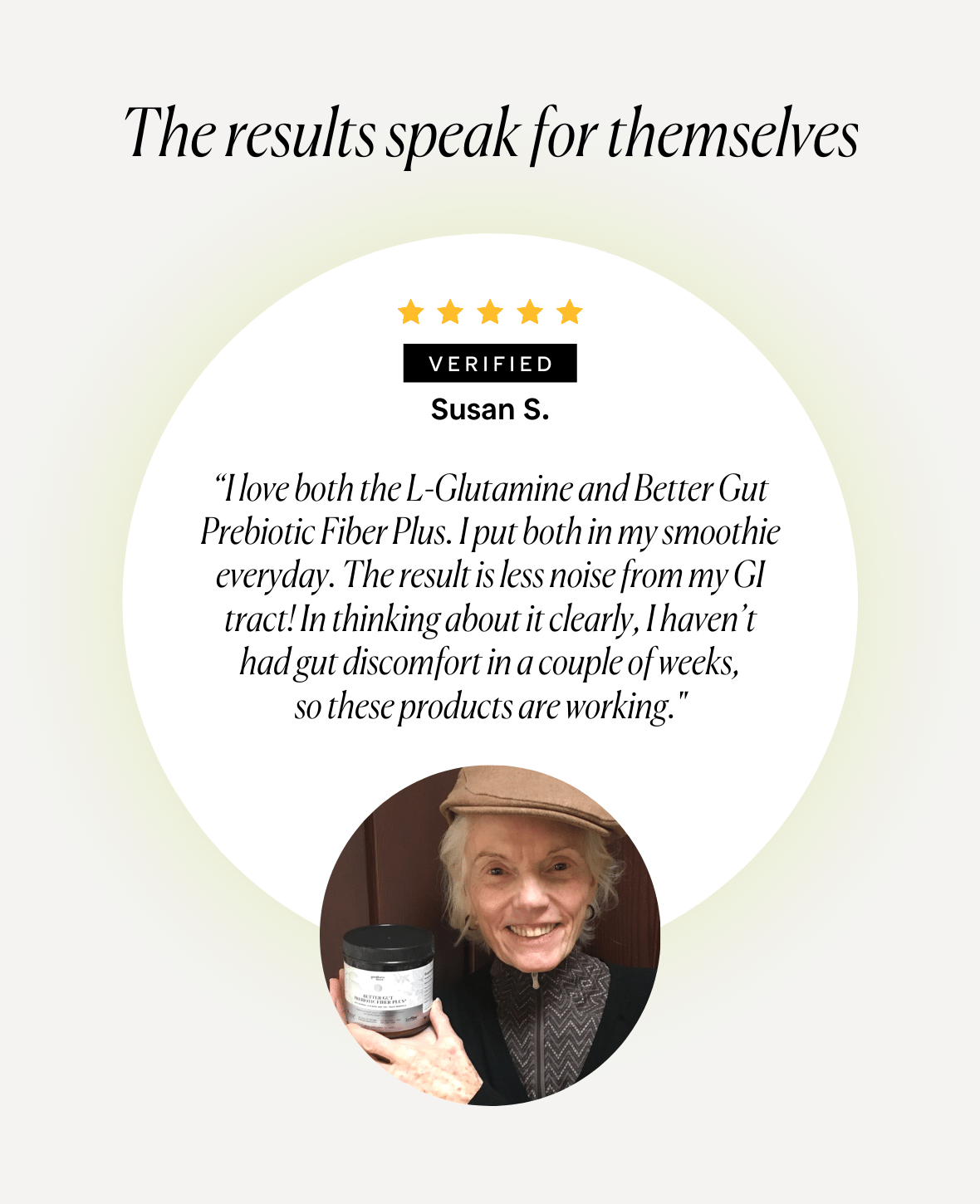
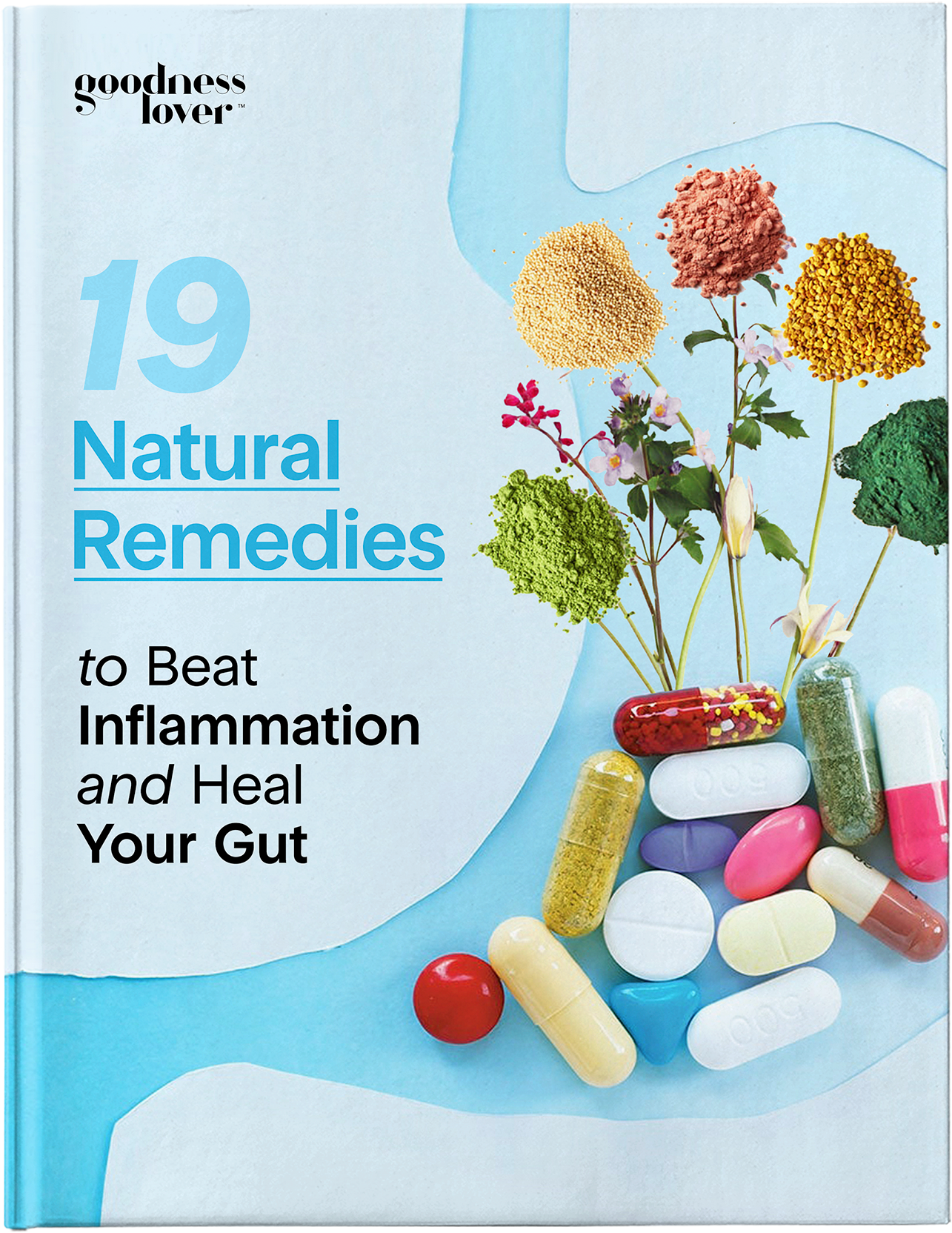
What Do You Think? Comment Below: